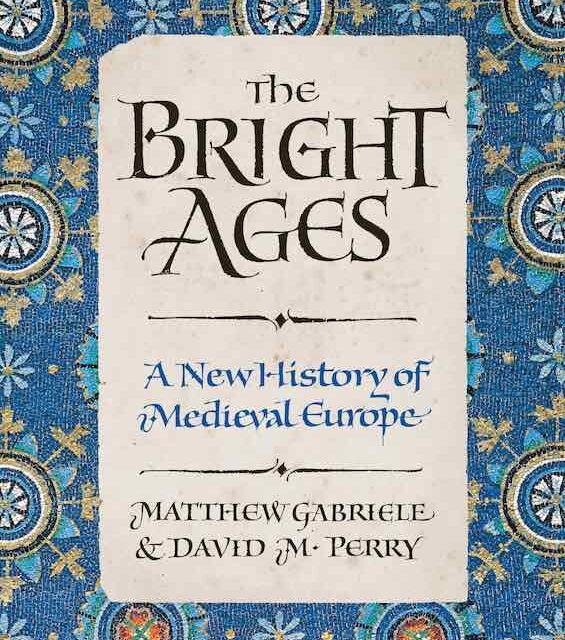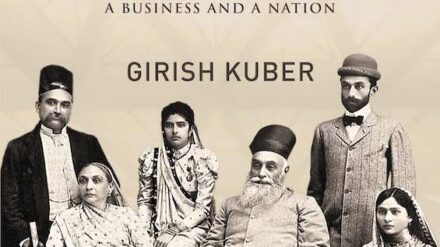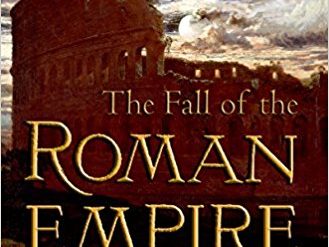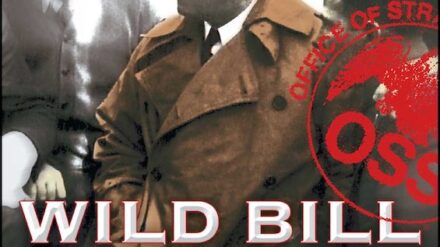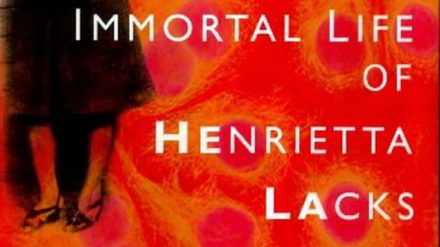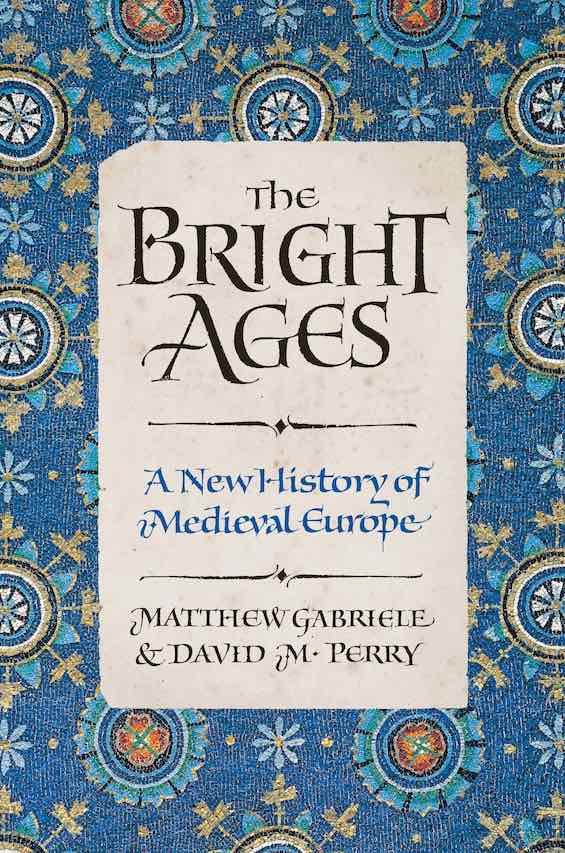
Scholars of medieval history seem to be unanimous in their conclusion that the Middle Ages were, in no way, the “Dark Ages.” Most of the stereotypes that abound in popular views of the era are poorly grounded in reality, if at all. But leave it to two young medieval historians to write a book that turns the label on its head and celebrates the accomplishments of the period. It’s even called The Bright Ages, to drive the point home. But in the process, they overplay their hand. Their effort to relate a history of the Middle Ages comes up short as a result.
Things weren’t as simple as so many assume
The gist of the authors’ argument is that things were never as simple as most historical accounts of the period suggest. For example, histories of the period invariably describe society as hierarchical, with power emanating from the top. But, they write, “Many rulers of medieval Europe called themselves king, but the title alone didn’t come with any power. The question was to what extent they could marshal soldiers, acquire stable revenue streams, or exert judicial authority beyond their own court. So, kings traveled in order to hear petitions and make their presence visible, thus asserting that they had the authority.”
Gabriele and Perry might have added that in parts of Europe there were scores of petty rulers with the title king. A small island like Ireland might have more than a dozen, each claiming authority over territory no grander than that of a county today. There were Irish High Kings, but they faced the same limits on their power as those confronting the lesser rulers who owed them fealty.
The Bright Ages: A New History of Medieval Europe by Matthew Gabriele and David M. Perry (2021) 336 pages ★★★★☆
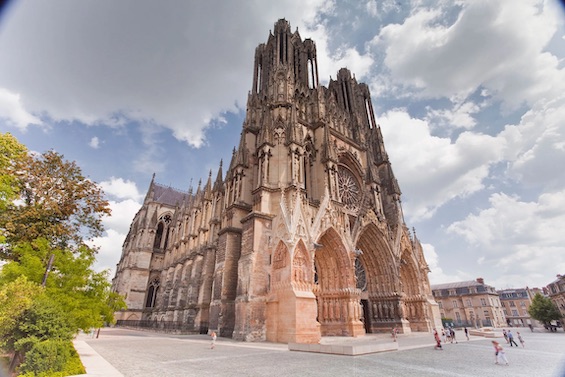
A history of the Middle Ages that skips around the period
It’s worth quoting the authors again to demonstrate their intent. “A medieval city dweller,” they assert, “might be a citizen of the city, a member of a specific parish, a member of a voluntary charitable association and/or professional body, a resident within a special political district (a ward, for example), self-identify with a neighborhood, and participate within any number of subcommittees within these structures . . . These overlapping semi-egalitarian communities challenge the notion of medieval society as rigidly hierarchical or simple. People then, just as people now, lived complex lives and moved between communities often.” But that insight comes in the course of a chapter about the growth of cities, just one of the many topics the authors dipped into seemingly at random as they skipped through the centuries and around the world to prove their thesis.
Questioning how other scholars defined “the Middle Ages”
The medieval era is usually described as encompassing three distinct periods. The Early Middle Ages (500-1000 CE), the High Middle Ages (1000-1300), and the Late Middle Ages (1300-1500). But Gabriele and Perry question whether such neat lines of demarcation make sense. They trace the beginning of the era to 430 CE and its end to 1321. Other scholars may also question where the lines should be drawn, but not often do they move them so far from 500 and 1500.
It was in the year 430, the authors note, that a woman named “Galla Placidia, sister of a Roman emperor [and daughter of another], queen of the Visigoths, and eventually regent herself of the Western Roman Empire” dedicated a magnificent chapel in the city of Ravenna, the seat of the Christian Church and the empire itself after the sacking of Rome. And they skip through the centuries that follow, dipping now and then into events or the lives of notable individuals that help illuminate their time—and support their thesis.
To draw their story to a close, the authors imagine that the brilliant poet Dante Alighieri visits that same chapel in Ravenna and finds there the inspiration for the grand vision he spelled out in The Divine Comedy. There is no proof that he did.
This is not really a “history of medieval Europe”
The authors don’t deliver on the book’s subtitle, at least not in the sense that others scholars have done. They devote much of their attention in The Bright Ages to exploring the interaction through trade, war, and epidemic disease with the rest of the world. The Byzantine Empire, which was largely Asian. The Mongol Empire, which blanketed Asia but encroached on Europe. The Umayyad and Abbasid Caliphates. And the “New World” visited by Norsemen late in the 10th century. It’s true, of course, that Europe didn’t wallow in isolation during the Middle Ages—or, for that matter, at any other time before or since—but Gabriele and Perry place a heavy emphasis on events in all these areas which, from the European perspective, were peripheral to their concerns. It’s all in the service of proving that the medieval era was not the “Dark Ages.”
A history that skimps on the lives of ordinary people
The Bright Ages stands out in one other respect as well. The authors place heavy emphasis on intellectual, religious, and political history. Social history—the story of life as lived by common people—takes a back seat. There is little in this book to make us understand what we might have experienced had we lived in those times. Instead, Gabriele and Perry focus on remarkable individual people (Galla Placidia and Benedict of Nursia), events (the First and Fourth Crusades), and trends (the growth of cities and advances in medicine). The authors fall into the trap of traditional historians in giving the impression that what happened in the Middle Ages was all the doing of kings, emperors, popes, and a sprinkling of poets and theologians. Of course, a dose of common sense will dispel this notion in an instant.
About the authors
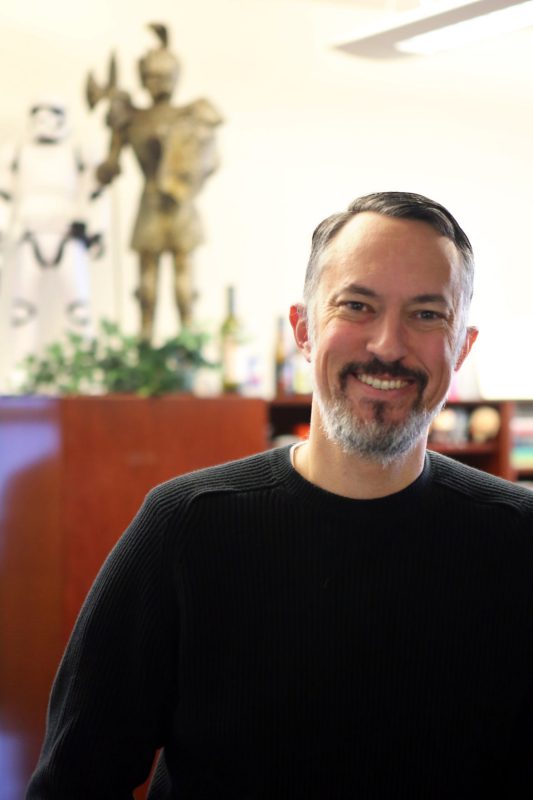
According to his author website, Matthew Gabriele‘s “research and teaching focus on religion, violence, nostalgia, and apocalypse (in various combinations), whether manifested in the Middle Ages or modern world. This includes events and ideas such as the Crusades, the so-called “Terrors of the Year 1000,” and medieval religious and political life more generally. He also has presented and published on modern medievalism, such as recent white supremacist appropriations of the Middle Ages and pop culture phenomena like Game of Thrones or video games.” Gabriele is a Professor of Medieval Studies and Chair of the Department of Religion and Culture at Virginia Tech University.
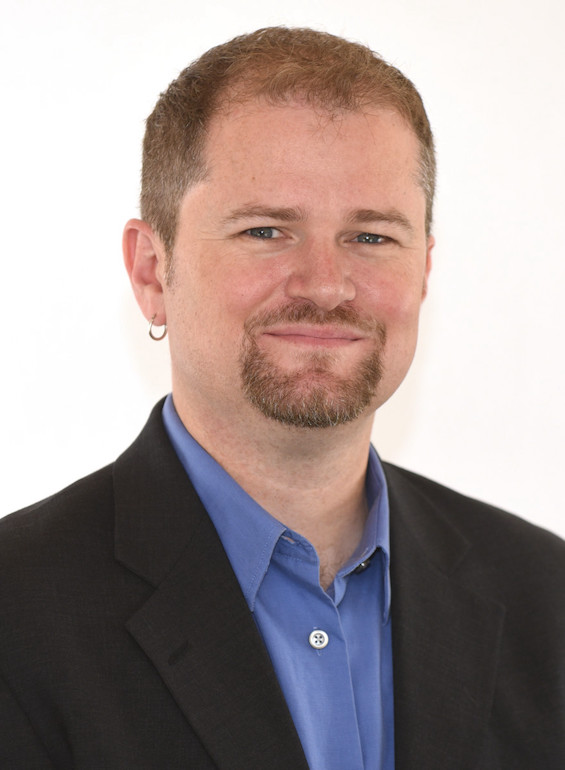
David M. Perry‘s website reveals that he “was a professor of Medieval History at Dominican University from 2006-2017. His scholarly work focuses on Venice, the Crusades, and the Mediterranean World. He’s the author of Sacred Plunder: Venice and the Aftermath of the Fourth Crusade (Penn State University Press, 2015). Now he works for the University of Minnesota, convincing students that studying history is good for them and good for their careers (it is!). Over the last few years, Perry’s work on history, parenting, disability, and politics has appeared in The New York Times, The Washington Post, The Nation, The Daily Beast, Smithsonian, Slate, CNN, and many others.”
For more reading
For a more comprehensive history of medieval Europe, see Powers and Thrones: A New History of the Middle Ages by Dan Jones (Change in the Middle Ages came thick and fast). You might also turn to the Cadfael Chronicles about a Benedictine monk in 12th-century England. The many novels in that series that I’ve reviewed here can be accessed through the home page by typing “Cadfael Chronicles” into the search box in the upper right.
You might also enjoy:
And you can always find my most popular reviews, and the most recent ones, plus a guide to this whole site, on the Home Page.

